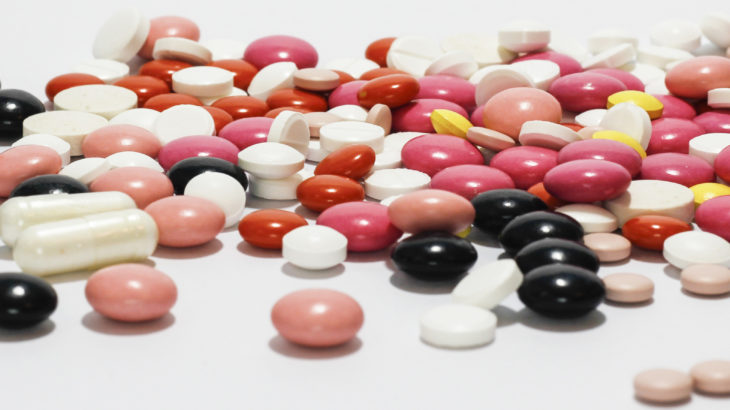Patient-specific Drug Choice

Choosing the right drug for a patient with cancer is a complicated challenge. There is such a wide range of options, and it can be very difficult for a clinician to identify the best option for each individual case.
Shunzhou Wan, senior research associate in the Department of Chemistry at UCL, aims to create a tool to help in that decision making process, using the Iridis supercomputer.
“We use Iridis to simulate the interaction of drugs with target proteins. What we’re doing is trying to build a workflow. That involves building the model, then submitting the jobs to run large-scale simulation, and finally analysing the massive amounts of data that are produced.”The ‘building’ part can be done on laptops and desktops, Wan says. The simulation is much more computationally intensive and is run on EPCC’s Archer supercomputer in Scotland – and then the analysis code, which is less parallelised, is run on Iridis.
The combined aim of all three pieces of research is to create a molecular-level tool that can rank the binding affinities of small molecules – in this case, anti-cancer drugs – to target proteins. In theory, this will allow clinicians to much more successfully choose the right drug for the right patient.
“This research is going to provide a rigorous, well-founded scientific approach to ranking different drugs, inhibitors and peptides, based on their specific protein target sequences. We have constructed a high-throughput workflow to generate reliable and reproducible predictions.”
All the steps in that workflow have to be linked seamlessly, to make sure the calculations can be done quickly enough for decision-making within a clinician’s appointment with a patient
To get accurate and reproducible results from these calculations, Wan says, “we have been using ensemble molecular dynamics simulations to ensure a sufficient amount of conformational sampling.
“We have shown that our computational predictions are either in agreement with previous experimental findings, or were verified by subsequent experimental measurements.”
Wan and his colleagues plan to publish two papers on the results of their research in the near future.
“Potentially, this work could assist clinicians in making their decisions. And it could also help develop potent and selective novel drugs that are less prone to the emergence of resistance, once we understand the mechanisms of resistance,” Wan says.
While the current project is almost finished, Wan says he and his colleagues have further projects in line for next year, working with pharmaceutical companies and clinical doctors.
“Using Iridis has been invaluable for the analysis. It’s easy to gain access when we need it, and the queuing and run time is good.”
The authors would like to acknowledge that the work presented here made use of the IRIDIS High Performance Computing facility provided via the Science & Engineering South Consortium.
Project Contact
- The Centre for Computational Science
- The research team has published some papers on this area over the last few years.
- Wiley Online Library ‘From base pair to bedside: molecular simulation and the translation of genomics to personalized medicine’,
- The Royal Society ‘Rapid and accurate ranking of binding affinities of epidermal growth factor receptor sequences with selected lung cancer drugs‘

